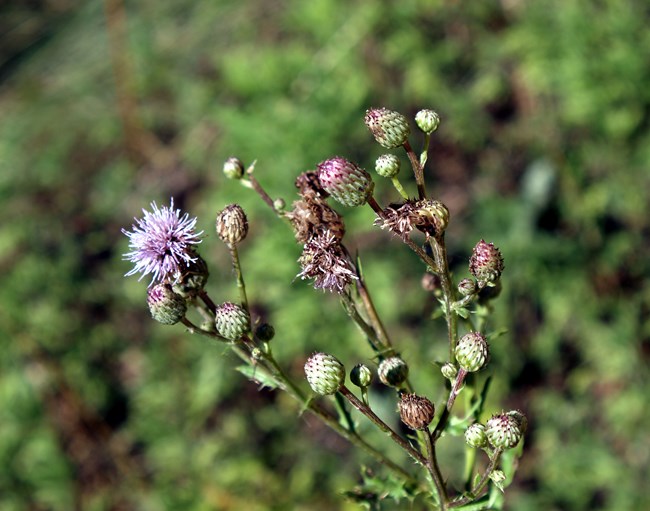
NPS photo Prairie ImpactsThe prairie is a landscape which has greatly changed in the last few hundred years. Human migrations have introduced many new plants to the ecosystem, which impacts its diversity, productivity and overall health. In order to ensure the health of the prairie ecosystem, Wind Cave National Park staff work hard to control invasive weeds. Many nonnative plant species are not edible, and can even be toxic to grazing animals. If nonnative species compete with native species for resources such as moisture and soil nutrients, the health of the prairie and available food declines. High Priority Invasive Plants in Wind CaveAbsinth wormwood (Artemisia absinthium) Control MethodsAt Wind Cave National Park, several methods for controlling invasive plants are considered: More About Controlling Invasive Plants |
Last updated: September 3, 2023
